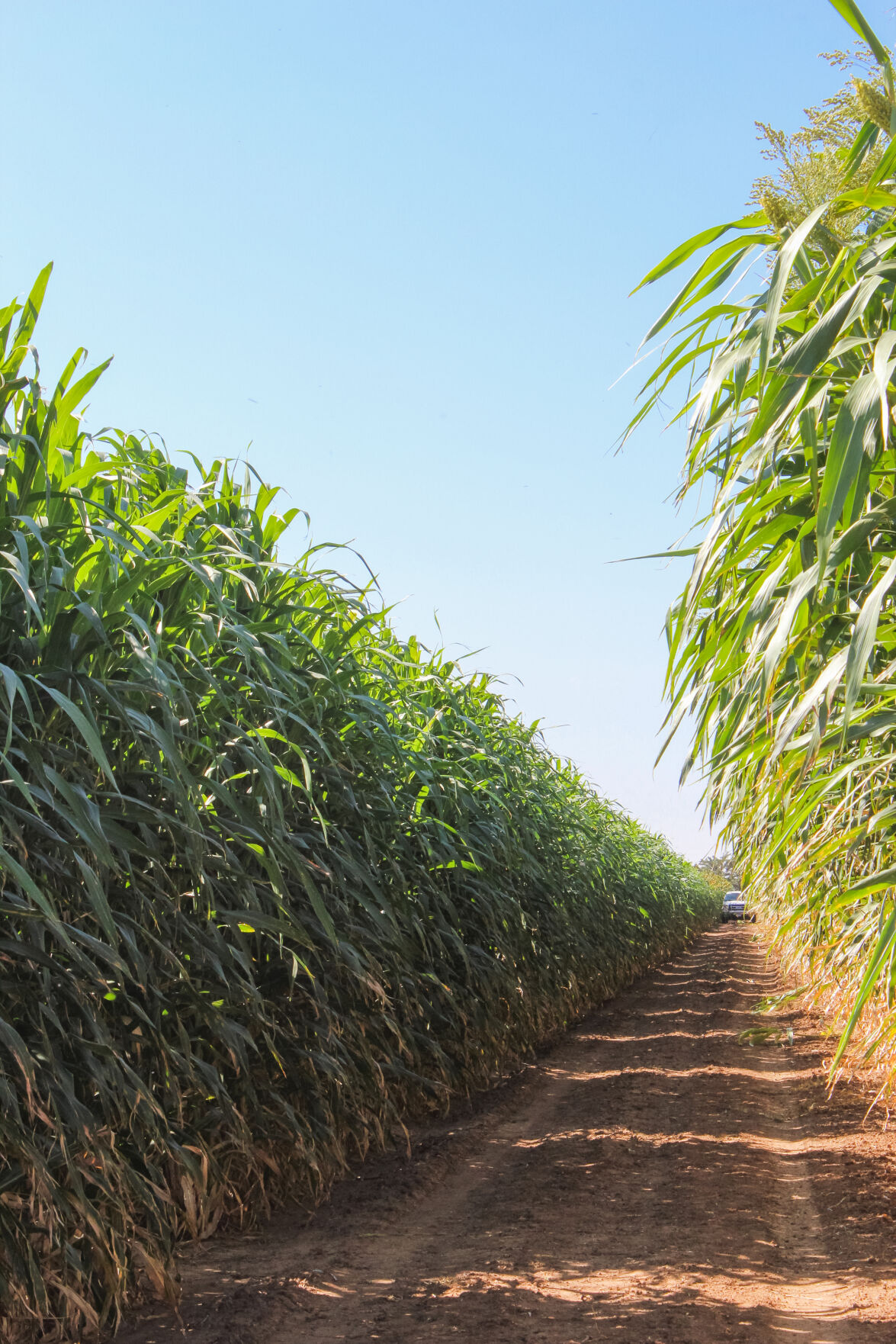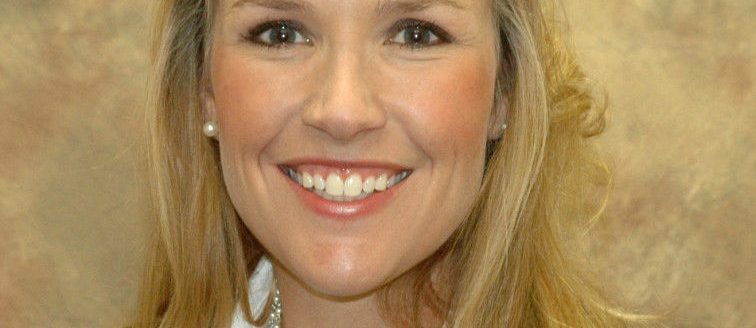For Hereford, Texas, farmer Jason Andrews, forage sorghum has become his go-to crop for silage.
Andrews has been growing forage sorghum varieties for nearly two decades and doesn’t see that changing any time soon. Especially since the lack of water in the Texas Panhandle is driving his planting choices. Many producers are moving away from crops that require more water.
“The handwriting’s on the wall. Everybody sees it,” he said. “And I’ve always wanted to be proactive in the sense that I never wanted to wait.”
Andrews didn’t want to get to that critical point where he’s forced to make a decision because he’s out of water and can’t grow corn and is scrambling to find an alternative.
“I never want to—I didn’t want to get to that point,” he said. “I’ve been trying to be proactive in terms of looking down the road and seeing what is sustainable for me, you know, five to 10 years down the road.
Hereford, Texas, receives about 20 inches of rain a year, and drought.gov called 2021 the 34th driest on record. It’s not looking any better for 2022, as Andrews said it hasn’t been this dry since 2011. There are still some producers in his area that are in denial about the lack of water.
“Maybe you’ve got an older farmer, who he’s the last generation and he’s just going to sell it or whatever it is. Or the widow will sell it when he’s gone,” he said. “He doesn’t care and is like, ‘I can grow less acres of corn than I could say 10 years ago because I don’t have this much water, but I don’t care.’”
But on the other hand, there are producers like Andrews who are looking down the road in terms of sustainability and are going to go with crops like forage sorghum.
“You can do it now, or do it later,” he said.
Besides the water savings, forage sorghum allows water-strapped areas to be more productive with less.
“You certainly are going to use less fertilizer for sure,” Andrews said. “If you had great water, you’re probably talking 28- to 30-ton corn silage. Thirty being a really, really good figure. You might exceed that, but it’s pretty rare.”
Forage sorghum typically produces about 23 to 25 tons per acre he said, and you can count on 20 to 22 in a dry year.
“Your gross tonnage is not going to be as much, but you don’t have as much in it either.”
Besides being easier on his checkbook, sorghum helps his psyche.
“You just can’t screw corn up and if you do, it doesn’t respond,” he said. “I’ve always said that sorghum is a mule and corn is a thoroughbred. You can kill a thoroughbred, but a mule won’t let you. Sorghum is so resilient.”
There’s been years where Andrews believed he miscalculated and let his forage sorghum crop get too dry, and was convinced it was dead. Then he got a good rain or was able to irrigate it and it sprang back to life.
“It’s like Lazarus. I mean, it’ll revitalize and come back and corn won’t,” he said.
In 2022, Andrews anticipates having close to 1,300 acres all in forage sorghum to make silage for his long-time buyer. Through the years, he’s found picking the best variety has helped with his production. Advanta products include Imiflex technology now and that allows him to spray for Johnson grass over the top. In the past, this wasn’t something that was easily accomplished.
“Back in the past it has been if you consistently grow sorghum silage, at some point you probably will develop a Johnson grass problem,” he said. “It’s just the nature of the beast.”
There were only a couple herbicides that could help control Johnson grass, but it wasn’t as effective as Andrews liked. And those that were would kill the sorghum.
Andrews is hoping the Imiflex can be a game changer for him, by giving that extra security along with all the things he’s already doing to control the Johnson grass, like crop rotation.
“I rotate, but that in and of itself is not enough,” he said. “You’re still going to have Johnson grass but this technology it allows you to go in and spray it because when I was forced to do is probably go to cotton or something like that, which I didn’t really want to do.”
Typically, Andrews’ forage sorghum ends up in a local feedyard’s beef ration. He sees the value in the crop, and believes others are finally seeing the positive aspects of it. Although he’s grown corn for silage in the past, and even had a circle of corn last year because one of his forage sorghum fields just didn’t get a good stand. That circle of corn helped prove to him just how satisfied he is with forage sorghum in his fields.
“The groundwater’s depleting it at a fairly rapid rate,” he said. “We’re all looking at alternative means of using less water, and the sorghum silage ties right into that.”
Andrews believes, on average, sorghum uses about 60 to 65% the water a corn crop does, uses less fertilizer and the seed is quite a bit cheaper as well.
All his acres will have sorghum on it, and with the ongoing drought conditions, it probably won’t change.
“Unless something substantially changes, it’s going to be a struggle to grow anything this year,” Andrews said. “We’re certainly looking at lower water usage crops for sure.”
He absolutely sees sorghum as something he’s going to continue to grow, and he thinks those who are feeding it are finally overcoming the stigma that sorghum isn’t as good as corn when it comes to silage. Although his silage primarily goes to feedyards, fellow producers who grow forage sorghum for dairies in the Panhandle are starting to see more usage.
“In fact, just about everybody here that feeds a roughage, feeds silage—99% of them are going to feed sorghum silage,” he said.
There are still some holdouts not wanting to buy sorghum silage, but slowly Andrews believes they’re starting to recognize the cost savings and the value for the kind of roughage they’re able to get. If no one were buying the sorghum silage from Andrews he thinks on his acreage he’d only be able to grow half as much corn with the water he has available.
“Because at the end of the day there’s a distinction between the dairy and feedyard in respect that a dairy will feed quite a bit more percentage wise in the ration of roughage than a feedyard will,” he said.
A dairy aims for a better quality forage and pays more attention to the variety planted. A feedyard, in Andrews’ experience, is a little more flexible.
“But we found that with the feedyards as long as it’s a good reputable variety, I mean they don’t want junk, and I don’t want to grow junk because I’m pretty proud of trying to grow a good product,” he said. “I try to grow the best quality product I can with the water that I have.”
Kylene Scott can be reached at 620-227-1804 or [email protected].




